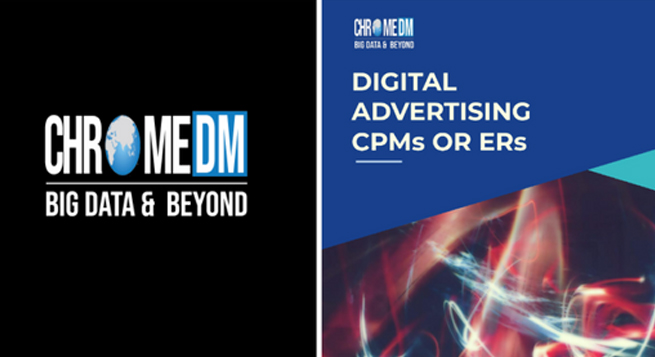The Chrome Digital Advertising Report (CPM vs ER) was unveiled at ASSOCHAM’s 2nd Annual Summit on Branding and Marketing. The summit’s theme was “Brand Building in the Age of Technology.”
With marketers and advertisers paying close attention across the region, and India having the world’s largest population base of younger audiences, the mega-market of cross-device audiences was at the center of the debate.
While broadcast TV remains effective, stakeholders have frequently expressed the need to develop strategies that accommodate cross-device unique audiences and streaming duplication.
To collect data, the Chrome DM panel, which represented 1174.54 million internet/C&S users in India, used a hybrid process of assembling online surveys and tracking content using digital fingerprinting technology.
The surveys were carried out using an in-house mobile application designed for online surveys that track viewing trends among 81,782 respondents. Clients have weekly access to the data in the form of excel reports.
According to a statement from Chrome DM panel, the incremental reach provided by all platforms, including digital, was nearly as high as 60% of linear broadcasts in some cases. This meant that advertisers and publishers had to track and assess the actual reach of content, which was significantly higher than the conventionally reported pure linear broadcast reach.
In the News genre, for example, Aaj Tak dominated overall reach with 343.07 million individuals across all end-points, including digital and linear. With more than 112.12 million viewers, YouTube dominated the digital medium. Aaj Tak has the highest digital reach at 12.43%, with 145.95 million people having access to the content.
As the world shifts to digital, the summit determined that the transition from C&S to digital must be equitable. Revenues would shift toward digital, and TV creatives on connected streams could potentially be billed on ERs rather than CPMs to mark a reasonable transition for this industry.
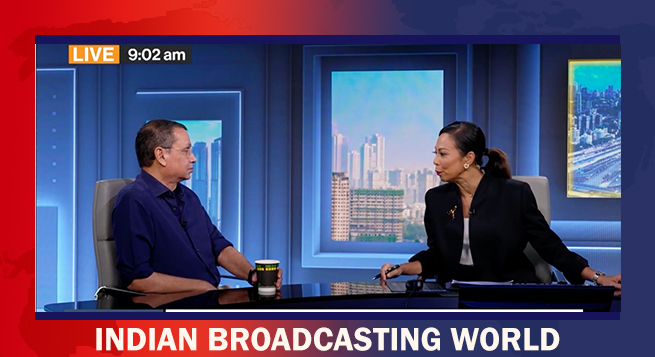 JioStar vice-chair Uday Shankar on surge in streaming subs, trade tariff challenges
JioStar vice-chair Uday Shankar on surge in streaming subs, trade tariff challenges 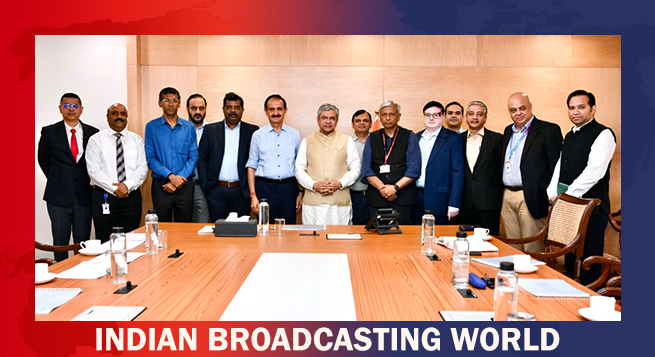 AIDCF team discusses industry issues with Vaishnaw
AIDCF team discusses industry issues with Vaishnaw 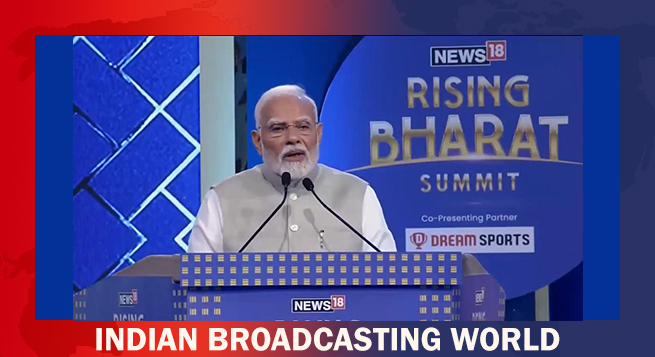 PM Modi: WAVES will empower Indian content creators go global
PM Modi: WAVES will empower Indian content creators go global 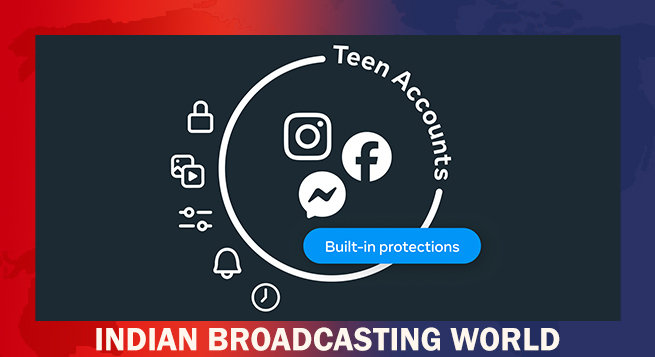 Meta rolls out ‘Teen Accounts’ feature to FB, Messenger
Meta rolls out ‘Teen Accounts’ feature to FB, Messenger 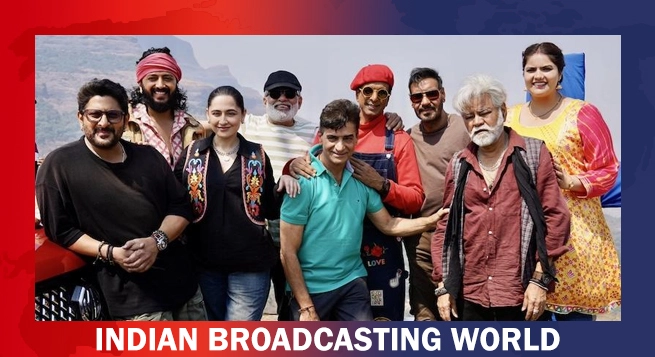 Sri Adhikari Brothers join hands with Maruti Films for ‘Dhamaal 4’
Sri Adhikari Brothers join hands with Maruti Films for ‘Dhamaal 4’ 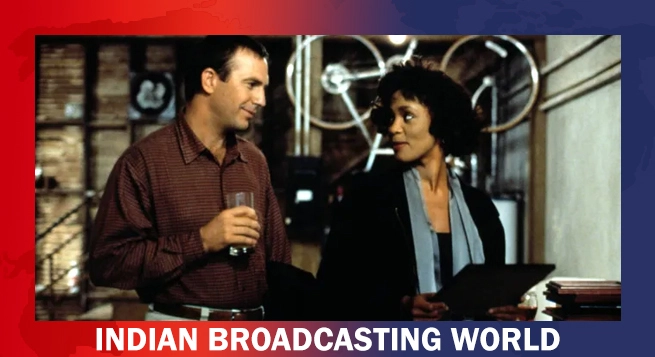 Warner Bros to remake ‘The Bodyguard’
Warner Bros to remake ‘The Bodyguard’ 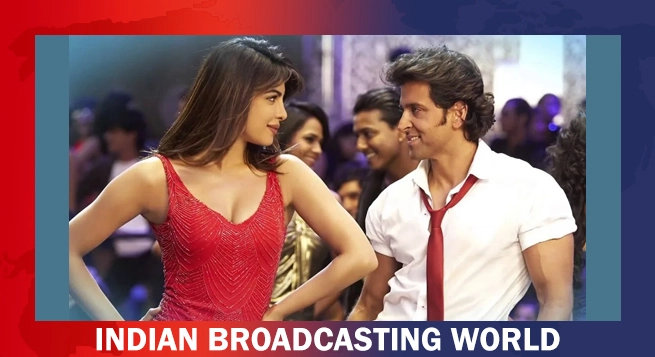 Priyanka to reunite with Hrithik Roshan in ‘Krrish 4’
Priyanka to reunite with Hrithik Roshan in ‘Krrish 4’ 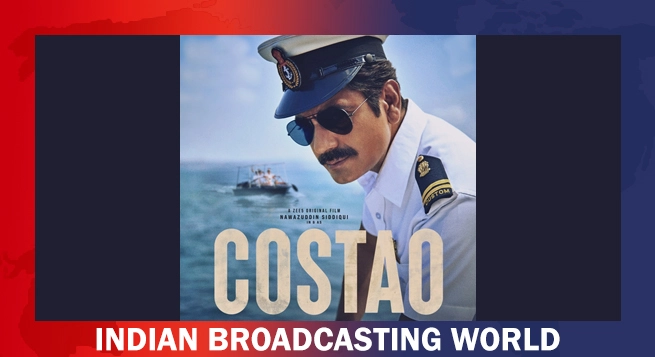 Nawazuddin Siddiqui to headline ZEE5’s ‘Costao’
Nawazuddin Siddiqui to headline ZEE5’s ‘Costao’ 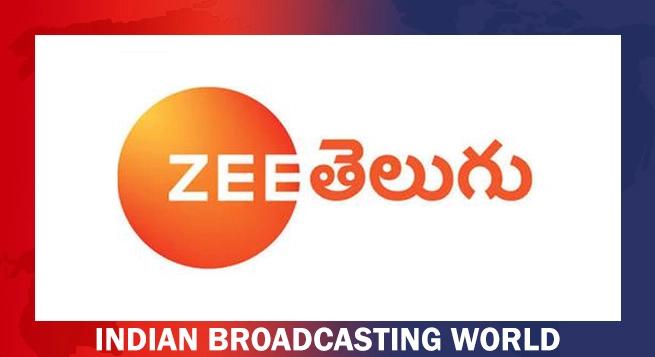 Zee Telugu unveils ‘Drama Juniors’ S8
Zee Telugu unveils ‘Drama Juniors’ S8 


